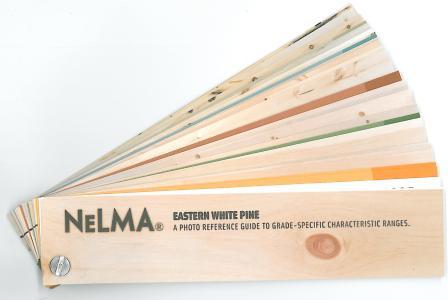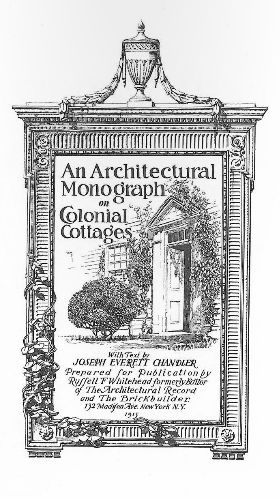Criss-crossing slats, geometric assemblages of beams and latticework that lets in natural light and affords filtered views of the landscape are among the unexpected ways in which famed Japanese architect Kengo Kuma uses the timeless material of wood. Approaching architecture from a gardener’s perspective, Kuma takes issue with designers who seem to be “forcing their compositions onto nature,” setting out to work with it organically instead.
Kuma has produced some of the world’s most striking timber structures, including the Besançon Art Center and Cité de la Musique in France with its checkered composition of wood and glass (below), and the nest-like Sunny Hills, a facade for a dessert shop.
Working with smaller pieces of wood makes these designs more complex than conventional wooden structures, producing a softer effect that pulls in both the Japanese tradition of weaving and the country’s ancient joinery techniques.
For example, Kuma’s Starbucks (pictured top) – located adjacent to one of Japan’s most-visited shrines – is made of 2,000 poles that are woven together diagonally to create a sense of direction and fluidity. With this artistic approach, there’s no way to avoid staring up at the wooden structure and marveling at its beauty.






